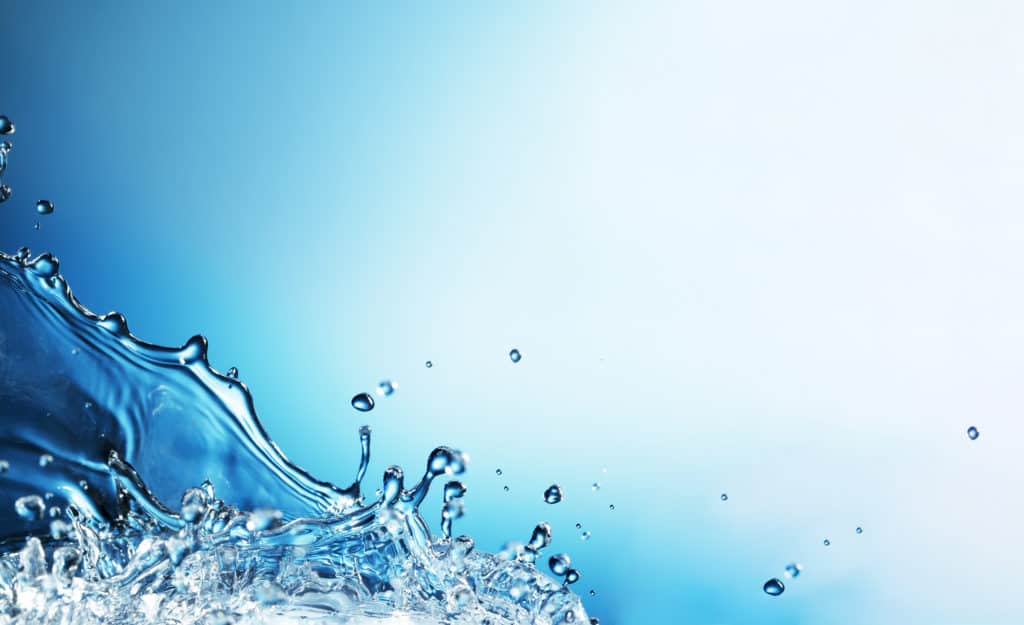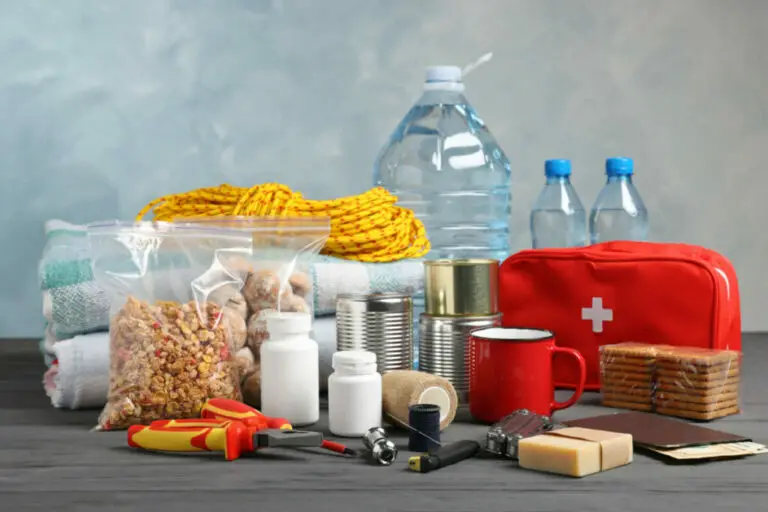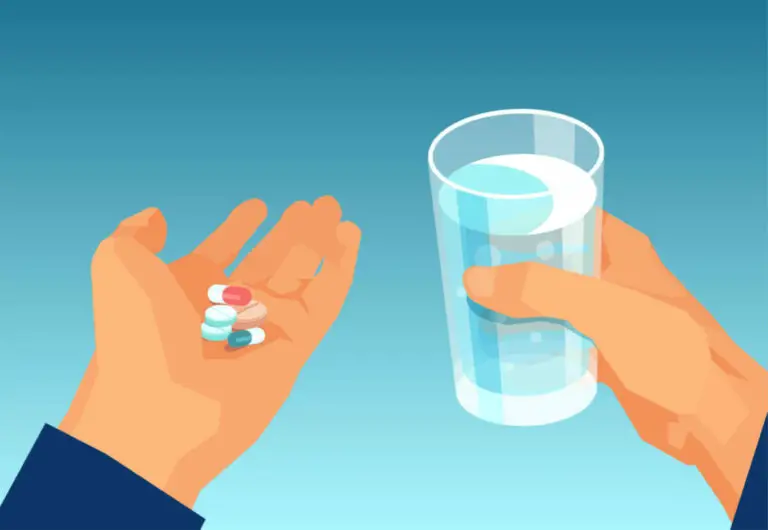
Filtered water bottles are one of the best ways to reduce waste and purify water in an easy and accessible way. Although many people own these water bottles, not many know exactly how they work. Most of them are made with carbon filters that effectively and simply absorb harmful particles.
But how do filtered water bottles work? The filter puts the water through a process of carbon activation and adsorption. The activated carbon atoms have bonding sites that attract pollutants, meaning that little to none are able to pass through the filter.
If you’re not a chemist and don’t understand much about atoms and whatnot, fear not. Let’s take a dive into each step and talk about what is happening in layman’s terms.
Activated Carbon
When carbon is activated, it means that the atoms are opened up to receive contaminants. Atoms are microscopic units that make up matter. Everything you see is made up of atoms, one of those things being charcoal. Why would I bring that up? Well, charcoal is actually almost completely made of carbon. Carbon filters are actually sometimes called charcoal filters for that reason.
Have you ever seen a forest that was recently burned down? All of those charred stumps that were once trees are now big lumps of carbon. To activate the carbon so that it is ready to work on your water, it goes through a process of oxidation, meaning that it is treated with oxygen in order to open up the bonding sites that will attract pollutants.
Adsorption
If you’ve ever seen a soap bubble absorb a drop of grease when you wash the dishes, you’ve witnessed something comparable to this step in the process. As the water you drink starts to pass through the filter, the bits that shouldn’t be there get latched on to the carbon, trapping them so that they never reach your lips.
This is why you will see black specks in your filter as it ages. They are little pieces of charcoal that have done their job.
What Kinds of Pollutants are in My Water?
The most common pollutants in water are dirt and sediment, lead, chlorine, mercury, and herbicides. Besides Chlorine, which is added to water for the purpose of killing bacteria (ironically with other adverse effects), all of these are a side effect of how the water finds its way to your tap. There are deposits of mercury in soil, and herbicides find their way there as they are used on crops then sink into the dirt. The lead is a result of old pipes that naturally corrode into the water.
But what does this mean for our friend, the carbon filter? Actually, most of the inexpensive ones you will find are only designed to remove dirt and chlorine. Carbon activation is a cheap and relatively simple process, and it can’t catch everything. However, it’s also important to note that the levels of the other pollutants mentioned are almost always within legally accepted limits. But if you want to be totally sure, there are special chemical filters that can work on lead and mercury.
The Best Carbon Filter Bottle on the Market
The general consensus when it comes to affordable water bottles points to Brita. They are the most trusted name in mainstream water products, and they manufacture many different kinds of filters.
But the specific model that everyone loves is the Brita 20 ounce Sport Bottle. It has the perfect size, shape, and nozzle that works for most situations.
Now, if you want to go for a higher-end bottle that removes more, go for Seychelle. This is the one that you’ll find in many doomsday preppers’ apocalypse stash. This bottle will filter out radiation and nuclear matter in addition to all of the contaminants mentioned above.
And if you are looking for a super cheap, customizable filtered bottle, try the Bobble Classic. It has colorful, interchangeable tops that not only make the bottle more stylish; it makes it easy to replace the filter as well.
Do I Really Need a Filtered Water Bottle?
When it comes to simple carbon filters, this is a choice that will rarely be life or death. The consumption of sediment and/or trace amounts of chlorine will not kill you, even in the long term. So it really comes down to personal preference in relation to the taste of the water you drink and how you want to help the environment.
There are over 100 million households in the United States. If every household only threw away a few bottles a year, you can imagine how much it would add up. According to BanTheBottle.net, we are actually throwing away approximately 50 billion water bottles a year in the US alone. Whether you are a believer in going green or not, that’s a lot of bottles that end up in landfills, the ocean, and just plain strewn all over the world.
That’s one reason the trend has taken off. A re-usable water bottle eliminated the need for more plastic every time you fill up, and the addition of the filter will make the bottle last longer.
Then there’s taste. It may seem a little crazy that a simple filter could make the plainest beverage in the world taste better, but imagine what a little bit of dirt would do to the taste of anything else you consume. I can honestly say that having a carbon filter improves taste. If you’re not a fan of that metallic taste from the tap, a filter will help it taste more pure.
I’ll just finish off with a little tip about filters that NO ONE seems to actually live by. Brita recommends replacing your filter after every 40 gallons of consumption. If you drink a third of a gallon a day from that bottle, you would need to replace the filter every 4 months to maintain optimal taste. Most people will not drink that much out of just one bottle every day, but it’s something to keep in mind. Although the guideline pertains to the amount of water, a good rule of thumb would be to replace it at least every year.


